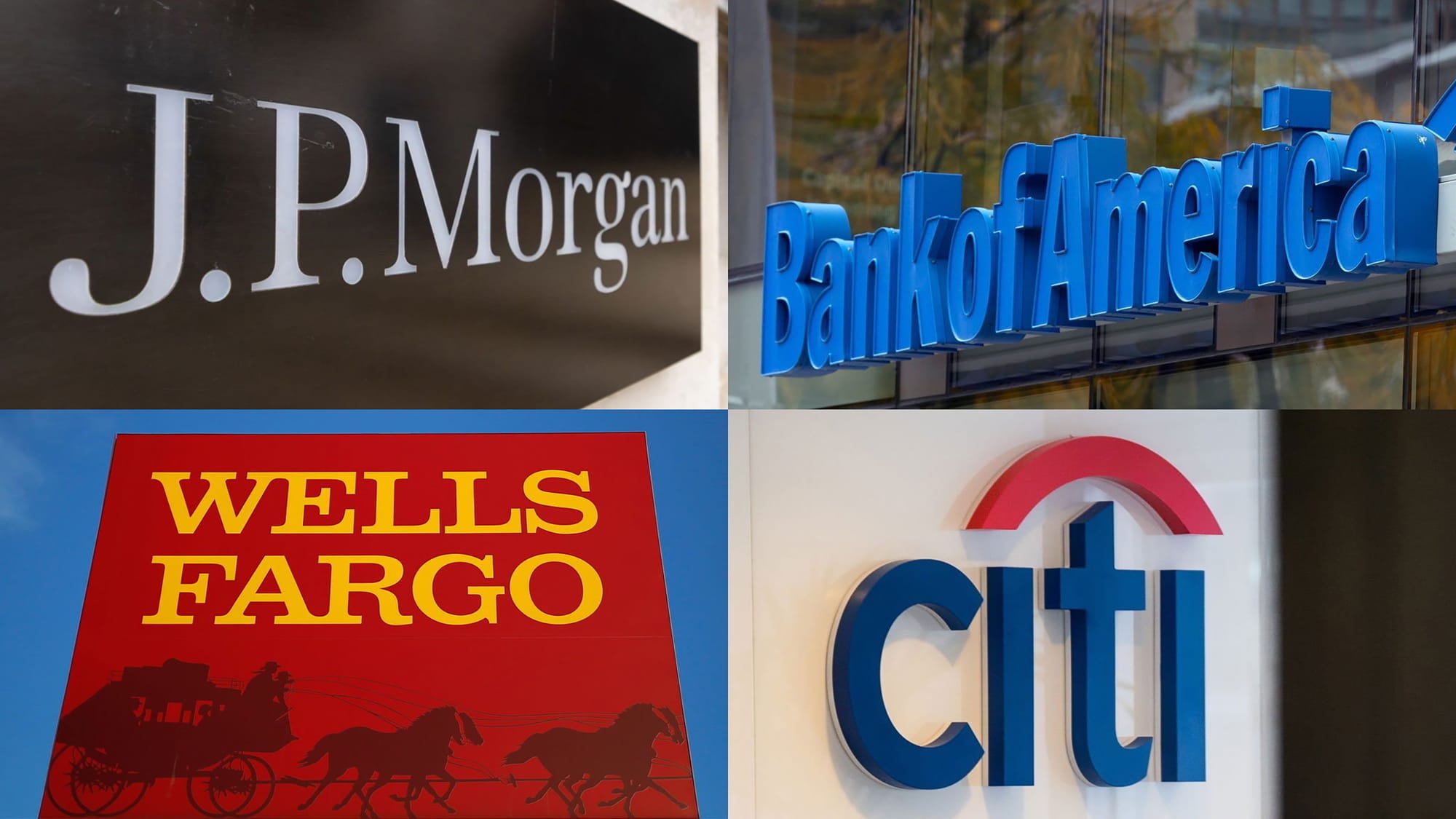JPMorgan, Bank of America, Citigroup, Wells Fargo, Explore Issuing Joint Stablecoin

In a move signaling the convergence of traditional finance and the rapidly evolving cryptocurrency landscape, some of the nation’s largest banks are in early discussions to collaborate on issuing a joint stablecoin.
Industry banking giants such as JPMorgan Chase, Bank of America, Citigroup, and Wells Fargo are among those involved, according to sources familiar with the matter, as reported by The Wall Street Journal. The talks, which remain in their conceptual phase, involve entities like Early Warning Services, the operator of the Zelle payment system, and the Clearing House, a real-time payment network. While no final decisions have been made, the initiative reflects a strategic response to the growing influence of digital currencies and the potential threat they pose to traditional banking systems.
Stablecoins, designed to maintain a one-to-one value with the U.S. dollar or other government-backed currencies, serve as digital dollars in crypto markets. They are primarily used to store value or facilitate the purchase of other tokens and are backed by reserves such as cash or Treasury securities. For banks, stablecoins present an opportunity to streamline transactions, particularly cross-border payments, which can be slow and costly in conventional systems.
However, skepticism persists regarding their security and the regulatory complexities of integrating digital assets into mainstream banking operations. The outcome of these discussions hinges on pending legislative developments, such as the GENIUS Act, which recently cleared a procedural hurdle in the Senate. This bill aims to establish a regulatory framework for stablecoin issuance, though it includes restrictions on nonfinancial companies entering the market.
Stay In The Loop and Never Miss Important Crypto News
Sign up and be the first to know when we publishNavigating Regulatory and Market Challenges
The banking sector’s interest in stablecoins comes amid concerns that widespread adoption of cryptocurrencies could erode their dominance in deposits and transaction processing, especially if tech giants or retailers enter the fray. The industry has been playing catch-up since a regulatory crackdown two years ago slowed its engagement with digital currencies.
The potential for a bank-issued stablecoin shows a broader trend of traditional finance aligning with the crypto ecosystem. Sources with the WSJ indicate that one proposed model would allow other banks, beyond the co-owners of the Clearing House and Early Warning Services, to utilize the stablecoin, broadening its reach. Meanwhile, smaller regional and community banks have also explored forming their own stablecoin consortium, though such an endeavor would face significant hurdles due to their limited resources.
The GENIUS Act, as outlined in a recent memo from the law firm Paul Hastings, does not entirely prohibit nonfinancial companies from issuing stablecoins, despite lobbying efforts from banks to impose stricter barriers. This development, coupled with reports of crypto firms seeking banking charters, highlights the dynamic interplay between regulation and innovation in the financial sector.
As banks weigh the benefits of faster, more efficient transactions against the risks of digital assets, their exploration of a joint stablecoin marks a cautious yet significant step toward bridging the gap between Wall Street and the crypto markets. The success of this initiative will depend on regulatory clarity, market demand, and the ability of banks to navigate the complexities of a rapidly changing financial landscape.

